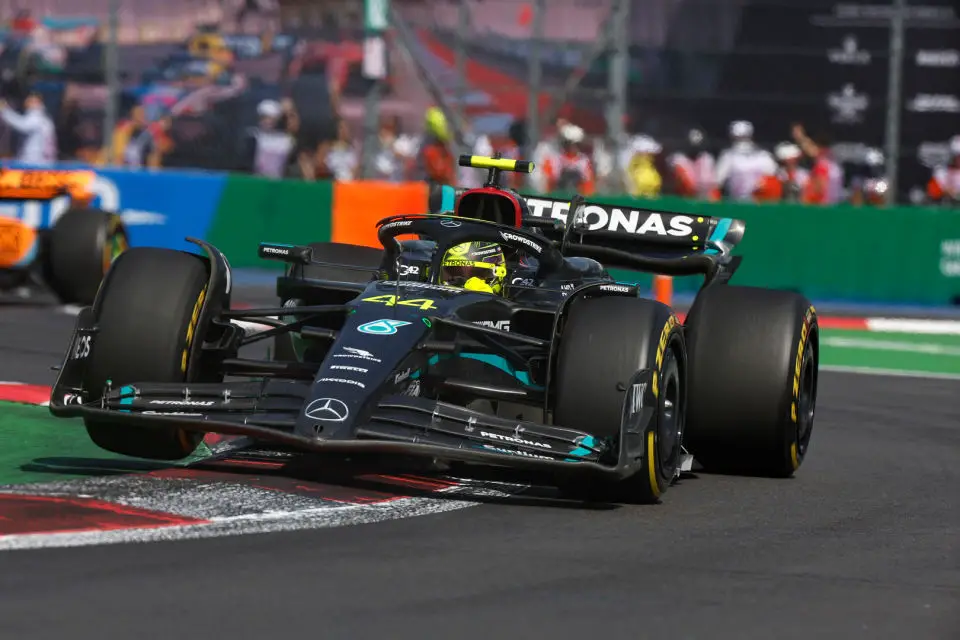Pull-Rod vs. Push-Rod Suspension in F1: An Ultimate Guide to Performance Dynamics
In the dynamic world of Formula 1, the choice between pull-rod and push-rod suspension setups remains crucial for teams aiming to optimize on-track performance and aerodynamic efficiency.
Key Takeaways:
- F1 teams employ two suspension setups, push-rod, and pull-rod, impacting on-track performance. Notably, top 2023 cars like Red Bull’s RB19 and McLaren’s MCL60 used a pull-rod front suspension.
- Suspension choice is influenced by team preferences, aerodynamic alignment, and track characteristics, with a hybrid approach often adopted.
- Red Bull and Sauber will feature a pull-rod configuration at the front for the 2024 season, while Ferrari opts for a pull-rod setup at the rear.

As Formula 1 progresses into day 2 of pre-season testing, conducting a detailed examination of the two suspension systems becomes crucial to understanding their respective characteristics and how they affect the performance of the cars on the track.
The primary elements of a Formula 1 car’s suspension system include upper and lower wishbones, which play a crucial role in connecting the chassis to the wheels and ensuring controlled wheel motion. These wishbones, often made from advanced materials like carbon fiber, contribute to the overall rigidity and lightweight nature of the suspension system, impacting handling and responsiveness.
Pull-rod suspension features a diagonal rod that connects a higher point on the wheel assembly to a lower point on the chassis. This setup is well-suited for ground-effect cars, contributing to a lower center of gravity and enhancing cornering capabilities. However, it requires floor removal for front access, making it less practical for maintenance.
Conversely, push-rod suspension connects a lower point on the wheel to a higher point on the chassis. This configuration offers convenience for mechanics, as it is situated higher on the chassis for easier access. Additionally, it provides enhanced stability in various scenarios compared to pull-rod setups.
Given the strengths and weaknesses inherent in both suspension setups, teams often opt for a hybrid approach, utilizing a combination of pull-rod and push-rod configurations to maximize performance based on the overall design philosophy and performance goals of the car. For the 2024 season, teams like Red Bull and Sauber have chosen a pull-rod configuration at the front, while Ferrari has opted for a pull-rod setup at the rear, reflecting the strategic decisions made to optimize performance on the track.


